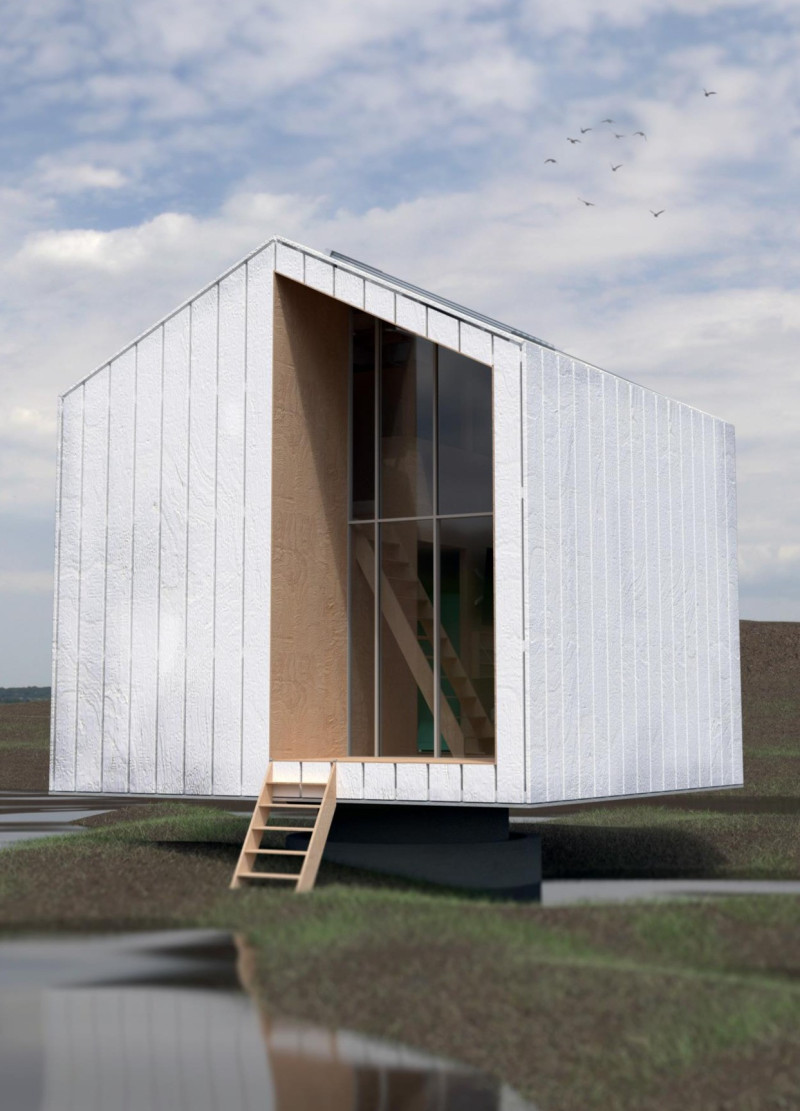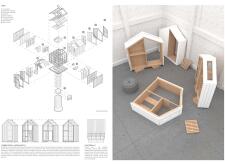5 key facts about this project
The Crest House is an architectural project designed to address the challenges associated with flooding in low-lying areas. Situated in a floodplain region bordering Nebraska and Iowa, the design exemplifies a strategic response to climate change and the increasing frequency of extreme weather events. The project emphasizes resilience through innovative architectural solutions that promote both safety and sustainability for its inhabitants.
Adaptive Elevation and Resilience Strategies
One of the most notable aspects of the Crest House is its elevation strategy. The design incorporates a buoyant structural system that raises the living space above potential floodwaters. As a result, the house adapts to rising water levels without compromising the safety of the occupants. This elevation not only protects the house during flooding events but also offers expansive views of the surrounding landscape.
The architectural design integrates local materials, notably Acacia wood and sustainably sourced plywood, promoting a low environmental impact. The use of reflective metal cladding enhances thermal performance while creating a modern aesthetic. Additionally, high-performance insulation materials and large glass panels facilitate energy efficiency while maximizing natural light within the dwelling.
Sustainable Features and Modular Design
Crest House places significant emphasis on sustainability through the incorporation of renewable energy sources. The design includes solar panels, allowing the house to generate its own electricity and reduce reliance on non-renewable power grids. A modular design approach enables flexible construction, facilitating easy assembly and disassembly as needed.
Interior spaces are carefully organized for functionality, with a layout that includes essential areas such as the kitchen, living room, and private bedrooms. This configuration optimizes the use of space while ensuring a cohesive flow throughout the home. The double-height living area creates an open ambiance, providing a sense of spaciousness while connecting occupants to their environment.
For readers interested in understanding the technical details and comprehensive vision of the Crest House, further exploration of the architectural plans, architectural sections, and architectural designs is encouraged. An in-depth review of the architectural ideas behind the project will provide a more detailed understanding of how this design meets both aesthetic and functional requirements in a flood-prone region.






















































